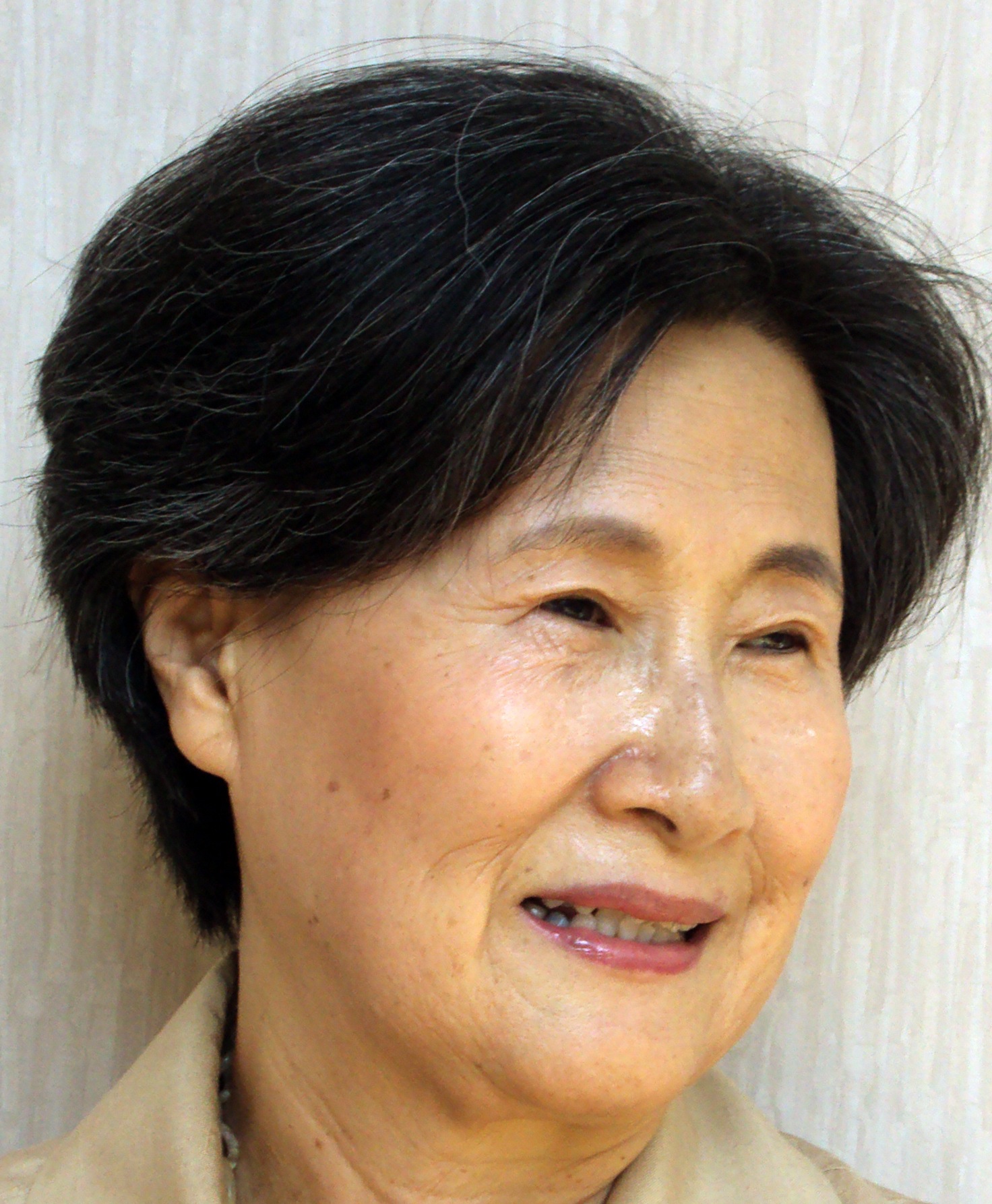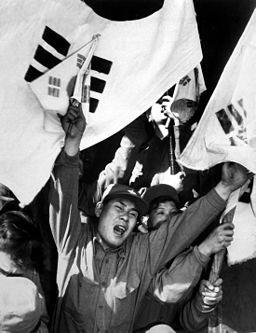
This novel features a young, Korean girl growing up under the rule of the Japanese Imperial Army who controls every move of her family and the other Japanese folks around them.
 |
| Author Sook Nyul Choi, 2009 |
Essential Questions:
-
What does it mean to be "free"? What personal freedom do you enjoy? What personal freedoms were the Koreans forbidden during their time under the rule of Japan?
-
How is one's childhood affected growing up amidst war?
-
How do religion and hope factor into survival?
Enduring Understandings:
-
After reading this novel and So Far from the Bamboo Grove, students will have a better understanding of both sides of the Korea/Japanese conflict. Both novels feature girls around the same age telling their side of the story and the adversities they and there families faced.
-
After reading this novel, students will have a better understanding of what it's like to be a displaced person, forbidden from practicing their personal freedoms and how it affects childhood, a time fondly remembered my many (not all) as an era of care-free living.
-
A cruel government may take away all the material weath from its citizens but they cannot take a family's determination, hope for freedom, and will to survive.
-
Students will be able to identify, consider, and discuss the strength of the human spirit amidst horrible times
Themes:
 |
| US National Archives and Record Administration |
- Love and Loss
- Self-identity growing up in a country controlled by a foreign government
- Traditional customs mixed with Catholicism
- The hope for a bright Spring (see the beginning pages about the names of the children)
- The cruelties of war
- Absence of a worry-free childhood; "growing up" at an early age
- The strength of the human spirit amidst horrible times
What do you think Sookan's most difficult goodbye was?
See more information on the author as well as read about what it's like to be an independent woman seeking adventure in her life while growing up in a traditional Korean community
http://comminfo.rutgers.edu/professional-development/childlit/choi.html
https://www.randomhouse.com/kids/catalog/author.pperl?authorid=4875&view=sml_sptlght
 |
| A pine tree in South Korea--Picasa Web Album |
What does the pine tree symbolize in the novel?

 Begin the unit by reading The Sneeches and other Stories by Dr. Seuss. After reading, ask students what themes they noticed in the children's story...they will be similar to the novel. Then discuss: Why would is it interesting that Dr. Seuss wrote on the topic of racism, such a mature conversation, in a children's book? What is the effect of that?
Begin the unit by reading The Sneeches and other Stories by Dr. Seuss. After reading, ask students what themes they noticed in the children's story...they will be similar to the novel. Then discuss: Why would is it interesting that Dr. Seuss wrote on the topic of racism, such a mature conversation, in a children's book? What is the effect of that?
Then quick write: Why groups of people sometimes reject others and treat them as outsiders (and sometimes less than human). Discuss some ways in which people respond to such rejection. Where do we see this type of behavior today? What examples can you think of from history?
Consider pairing Sookan's story with other stories of children growing up either as refugees or in a nation at war. This book is a picture biography so it would be light reading and provide another medium for students to absorb information through
http://www.barnesandnoble.com/w/anne-frank-kem-knapp-sawyer/1006069234?ean=9780756603410
- Check out Fotopedia--a free app that shows snap shots of life in any country you choose. Begin the unit by looking up Fotopedia for Japan so students can visualize the country as they read.
 |
| by Felipe Micaroni Lalli |
After reading both texts, break students up into groups and assign them subjects--culture, government, life as a displaced person, etc. Ask students to research the background of these issues in Korea and Japan and compare/contrast the reality of these issues to those presented in the novels. Offer students a variety of mediums to present their information in and share out.
Inchun draws pictures in the dirt outside with a stick. Ask students to draw one of the scenes that they remember clearly from one of the two novels or just how they think one of the settings would look. Have them write a paragraph explaining their picture.
Something to consider:
- In this story, Sookan is the Nuna, she is the older sister to Inchun and feels as though she must be brave and encourage him to keep moving.
- After reading this novel, does it better help you understand Ko's brash nature in So Far from the Bamboo Grove as she too is the older sibling who is left to take charge?
- See the teaching resource below for recommended readinds--including one about the importance of siblings
http://blog.wsd.net/eendicott/files/2013/03/Mini-Guide.Choi_.pdf

Picture shows an anti-communist North Korean soldier reaching Seoul after being released from a prisoner of war camp--Image from US Department of State
Year of Impossible Goodbyes Opener Simulation.docx
Lesson plan ideas:
http://scholar.lib.vt.edu/ejournals/ALAN/v29n2/pdf/martin.pdf
https://sites.google.com/site/mshannahatrist/English-113/lesson-plans
Comments (0)
You don't have permission to comment on this page.